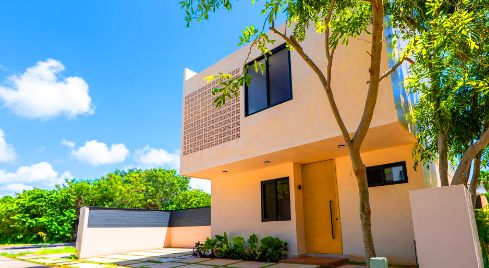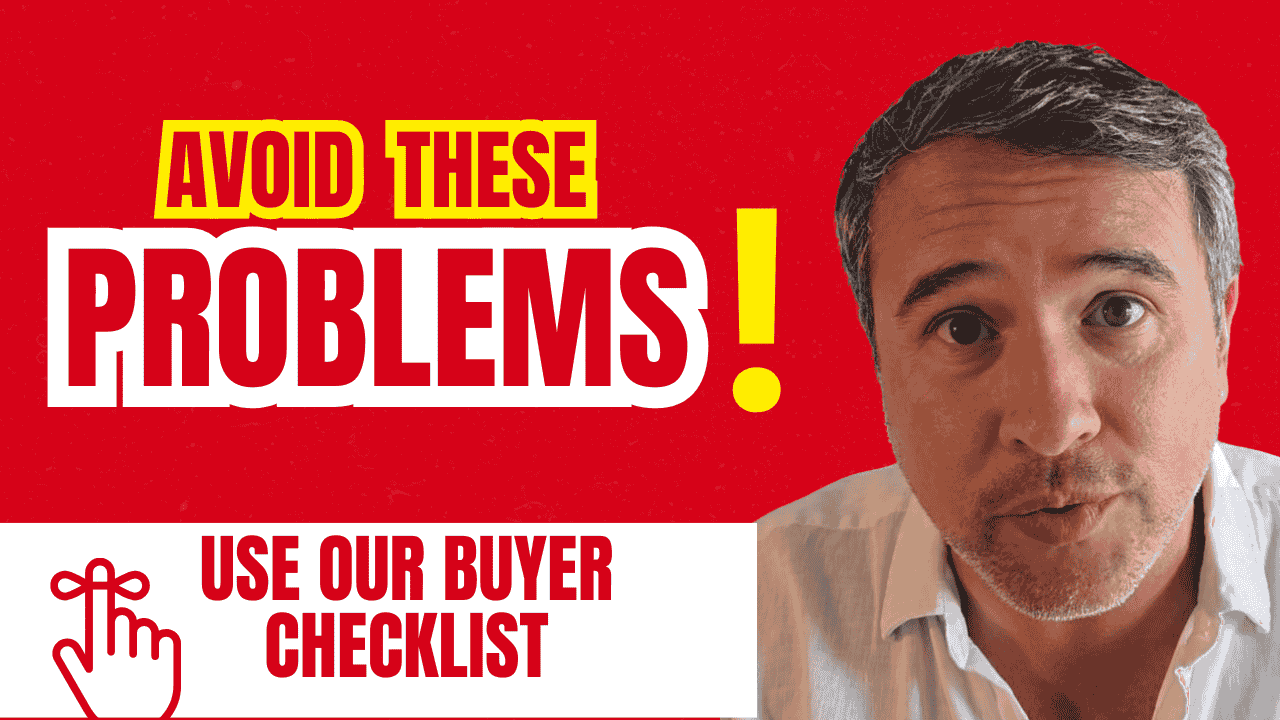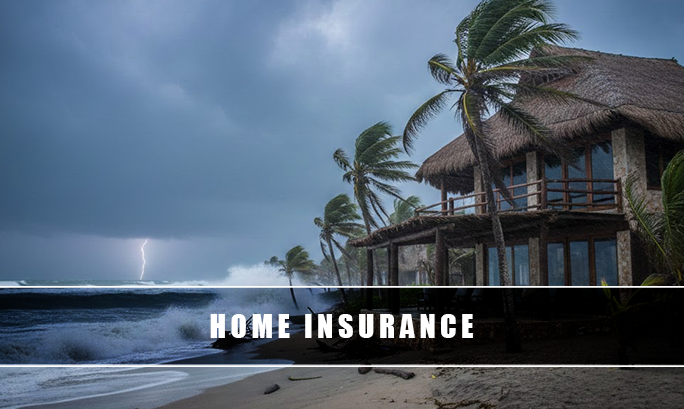How Not To Get Scammed Part 12 - Price Scam in Mexico

The ‘Too-Good-to-Be-True’ Price: How Fake Listings Hook Foreign Buyers
The image is intoxicating: a sun-drenched, two-bedroom condo in Tulum with a private plunge pool, listed for a price that seems almost impossible. For the foreign investor scrolling through listings from thousands of miles away, it’s a dream that suddenly feels within reach. This, however, is the primary bait for one of the most effective and heartbreaking real estate scams in the Riviera Maya: the fake listing designed to hook buyers with an irresistible price.
As the Riviera Maya’s real estate market continues its brisk pace in mid-2025, the number of fraudulent online advertisements has surged. Scammers expertly leverage the distance and unfamiliarity of foreign buyers to their advantage. Understanding the anatomy of this scam is the first step in protecting your dream of owning property in paradise.
How Not To Get Scammed Series
Part 1 | Part 2 | Part 3 | Part 4 | Part 5 | Part 6 | Part 7 | Part 8 | Part 9 | Part 10 | Part 11 | Part 12 | Part 13 | Part 14
The Anatomy of the Scam: A Step-by-Step Deception
The fake listing scam is a calculated psychological trap. It preys on a buyer's desire for a great deal and their fear of missing out. Here’s how the con typically unfolds:
-
The Lure: The Perfect Property at an Unbelievable Price. The scam begins with an advertisement, often on social media platforms like Facebook Marketplace, in expat forums, or on beautifully designed but fake real estate websites. The listing features stunning, professional-grade photos (usually stolen from a legitimate listing or an architectural firm's portfolio), a prime location, and a price that is conspicuously 20-40% below the market rate for a comparable property.
-
The Hook: Creating False Urgency. Once you inquire, the "agent" or "seller" is incredibly responsive and charming. They will confirm the amazing price but immediately introduce pressure. You’ll hear lines like, "I have another offer coming this afternoon," or "The developer is selling the last few units at this promotional price, which ends tomorrow." The goal is to rush you into making an emotional decision before your logical, due-diligence-focused brain can catch up.
-
The Sinker: The Request for a "Refundable" Deposit. To secure this incredible deal and take it off the market, the scammer will ask for a "small" deposit—typically ranging from $2,000 to $10,000 USD. They’ll assure you it's fully refundable and just a formality. They will demand the payment via a wire transfer or a money-sending app, methods that are fast, difficult to trace, and nearly impossible to reverse. Once you send the money, the agent either vanishes completely or comes up with endless excuses and requests for more funds until you finally realize you’ve been had.
Red Flags: Telltale Signs of a Fake Listing
While scammers are sophisticated, they almost always leave a trail of clues. Train yourself to spot these immediate red flags:
-
An Implausible Price: This is the number one warning sign. If a property is priced significantly below everything else in its category, you must ask why. In a competitive market like the Riviera Maya, there are no secret, 50%-off deals.
-
Refusal of a Live Video Tour: A legitimate agent with access to a property will have no problem doing a live, personalized walkthrough on a video call. A scammer will make excuses: "The current tenants don't want to be disturbed," "I don't have the keys today," or they will send you a pre-recorded, generic video.
-
Vague Location Details: The listing may say "Ocean view in Tulum" but provide no specific address, building name, or condominium unit number. Any reluctance to pinpoint the exact location on a map is a major cause for concern.
-
High-Pressure Sales Tactics: Legitimate professionals guide; scammers push. If you feel constantly rushed or threatened with losing the deal, it’s a manipulation tactic.
-
Demand for Direct Wire Transfers: Never send money directly to an individual's bank account for a real estate transaction. Legitimate deals use secure, legally protected channels like a third-party escrow service or the official account of a Notario Público.
-
Poor Communication: Look for generic email responses, poor grammar, and an unwillingness to answer specific, detailed questions about the property title, taxes, or homeowner association fees.
-
Your Defense: A Verification Checklist
You can enjoy the excitement of your property search without falling victim to these traps. Follow this defensive strategy for every single listing you consider:
-
Verify the Agent and Agency: Work only with established, reputable real estate agencies that are members of AMPI (the Mexican Association of Real Estate Professionals). Check their physical office address and reviews.
-
Hire Your Own Lawyer: Before you even think about making an offer, engage an independent Mexican real estate lawyer. Their job is to protect your interests, not to close a deal.
-
Perform a Reverse Image Search: Use Google Images to search for the photos in the listing. Often, you will find they have been stolen from another listing, an architectural blog, or even a property in a different country.
-
Demand a Title Search (Estudio de Título): The single most important step. Your lawyer, working with a Notario Público, must conduct a title search at the Public Registry of Property (Registro Público de la Propiedad) to confirm the seller's legal identity and verify that the title is clean and free of liens.
The dream of owning a home in the Riviera Maya is very much alive and achievable for thousands of foreigners. The key is to let prudence, not passion, guide your purchase. Remember the cardinal rule of investing here: if a deal looks too good to be true, it is not a deal—it is bait.











Comments (0)